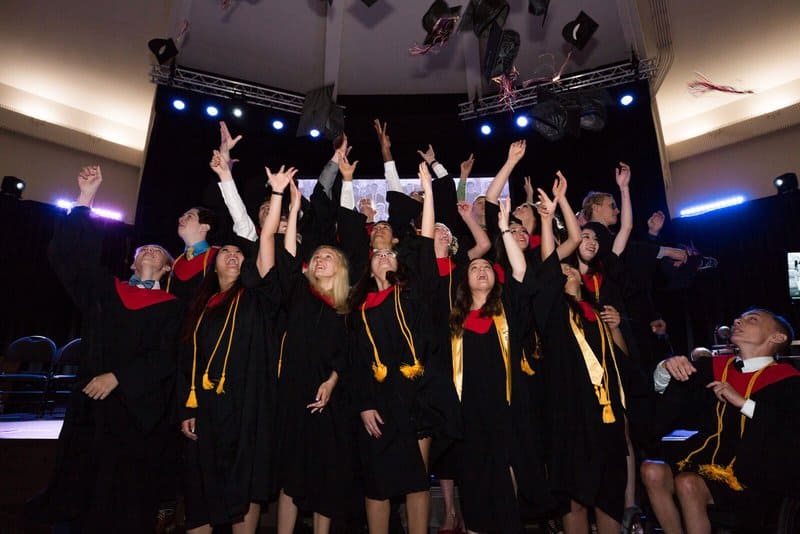We are now entering 2019. What will this year bring us?
We are all hoping for good things, but the chances are that we are not thinking that our world will radically change. What if we asked the same question about what 2030 or 2050 would bring us? Most certainly we would all think that life would be significantly different from today. Is it possible to see those futures?
Virtually all of the curriculum taught in schools represents knowledge that is already known, and it is all about the past. At Master’s, we want our students to not only learn from the past at a high level of proficiency, we also want them to learn from the future. However, how do you learn from the future?
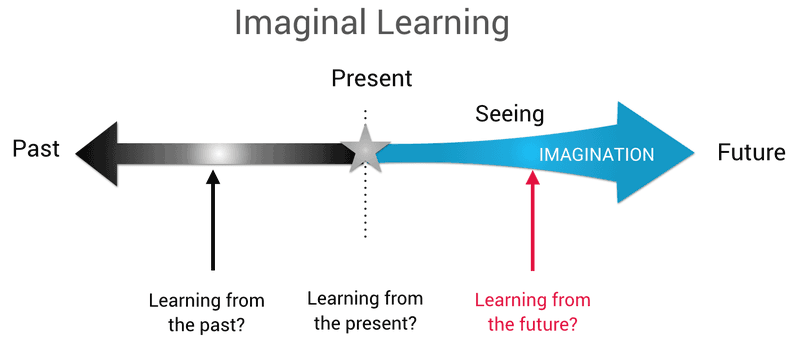
Seeing the Future
To learn from the future sounds rather odd since the future has not yet occurred. To learn from the future requires us first to see the future with our imagination. Imagination is the eye of the human spirit; it is that wonderful capacity that allows us as humans to engage in the realm of unlimited possibilities where we can create and invent. All creation starts first in the mind of the creator where they can see their creation with their imagination. The second step requires the creator to bring what they are seeing into reality, which requires the creation process.
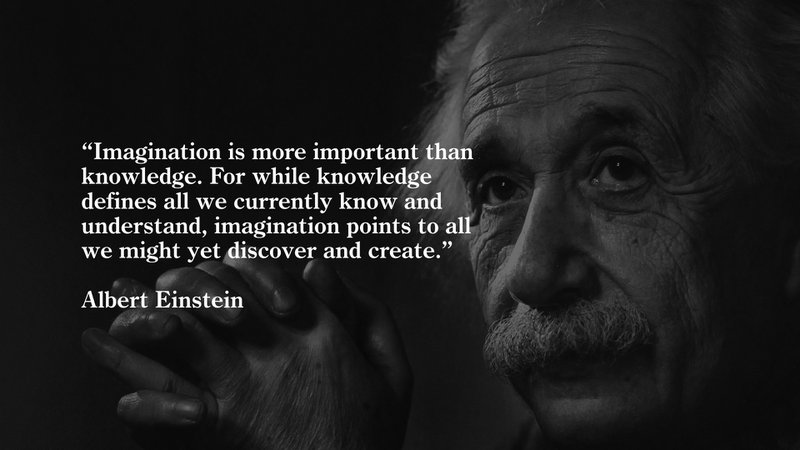
Signals from the Future
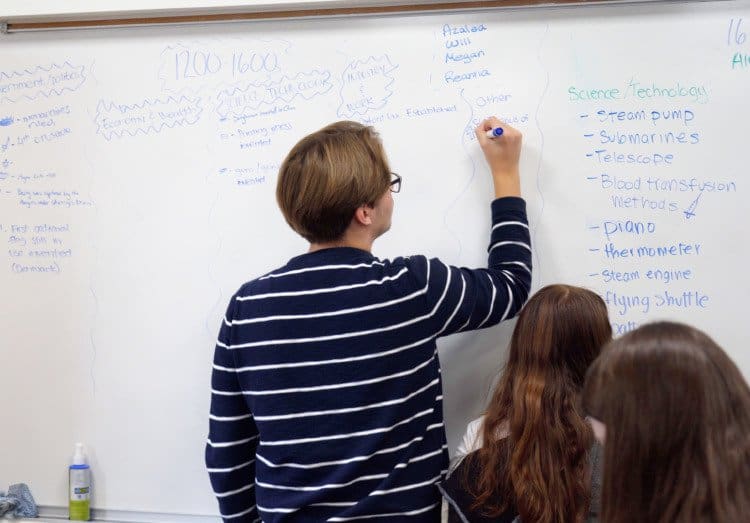
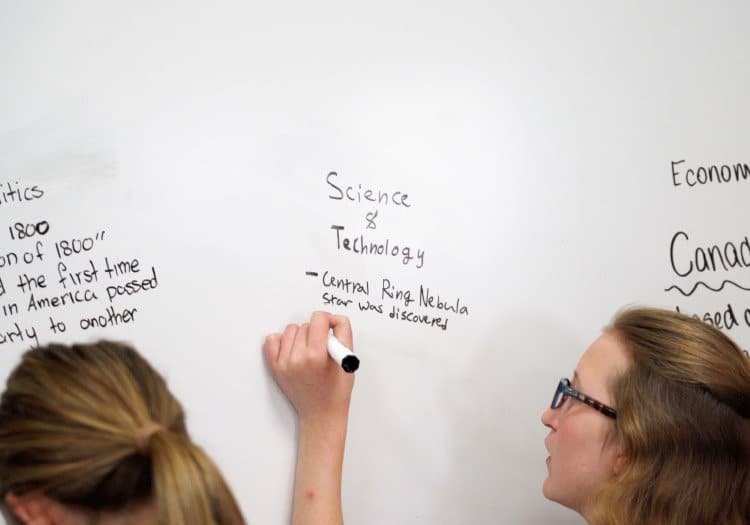
Today astronomers are looking for signals from far away galaxies to learn more about our universe. However, by the time these signals reach earth, they have been travelling for billions of years, which means what they are observing has happened long ago. Our ability to see the future is based on the future being embedded in the present in the form of strong and weak signals.
Strong signals are typically called trends that are supported by research and data. For example, the trend towards autonomous vehicles is evident and it is only a matter of time before all cars and trucks will be self-driving. There are hundreds of trends in all sectors of our society that will all interact to compose the future that will unfold. Starting in Grade 8, students at Master’s study these trends and create what we call S Curves. An S Curve shows when each trend reaches various stages of adoption based on the opinions of experts from the field. Next, students will begin to use a Future Wheel to conduct an impact analysis of their S Curve, in the near, mid, and long-term futures. They will use the STEEP vantage points, which are social, technology, economic, environment and political.


Now the Fun Begins
Students will take several of their S curve analyses and begin to “imagine” what the future will be like as a result of these trends. This capability is called “foresight”. Students now engage in “speculative” writing, which is a unique genre within their language arts curriculum, where they create plausible and rational scenarios of the future based on their trend analysis. In the field of foresight or future studies, the goal is not to predict the future, which invariably is always wrong, but instead to create many alternative futures, whether they be plausible, possible, probable, preferred or preposterous.
Learning from the Future: Innovation
Once some scenarios of the future have been created, you can enter the scenario by “future-casting” and learn from it by answering the following questions: What will need to change for this future to exist? How will you fit into this future? And if you were a business, would you be competitive based on who you are today? etc. The next step of learning from the future is called “back-casting”, where you begin to work backwards from the future to today. This analysis will yield numerous opportunities for innovation since it will be those innovations that will usher in the future scenario you created. Our Grade 8 students will be searching for innovative ideas as they build their 2030 Calgary scenarios.
Learning from the Future: Invention
Invention is the creation of something new, and within the Imaginal Learning timeframe, it is the “farout” or “preposterous” future that emerges 20-30 years from now where invention is most evident. To understand the “farout” future, students engage with weak signal research. Weak signals are on the fringe of what is possible. There is no or little data that currently support these signals, which is why they are weak, but none-the-less they are being worked on and studied by many experts. Weak signals have a low probability of becoming a reality, but if they did, they would have a tremendous disruptive impact. For example, scientists are currently working on 3D printing of human tissue using a person’s cells, with the hope of one day being able to 3D print a whole human organ using a persons own cells. Think of the breakthrough this would be to medical science and human longevity!
Another example of a weak signal is nuclear fusion, which is the process that powers our sun. Today, we use nuclear fission,which produces a lot of nuclear waste that lasts for thousands of years, but with nuclear fusion, we would be using seawater to create a virtually limitless source of energy with no environmental impact. Many researchers are working on developing a nuclear fusion reactor, and current speculation has the first viable commercial fusion reactor being available by 2050. If this were to happen, the world would have a clean, limitless supply of energy. Our Grade 9 students are engaged in weak signal research to design life on Mars in 2050.
Master’s Graduating Imaginal Leaders
Yes, we can learn from the future. Think of the tremendous advantage Master’s students have as they graduate from our high school. Not only do they receive an excellent high-quality academic preparation for university, but they will also have developed their abilities to see the future with their imaginations and will have experienced creating the future they see. Master’s mission states that we prepare students to be Future Ready, and by this we mean they have become seers of the future or futurists, and creators of the future, through innovation and invention.
